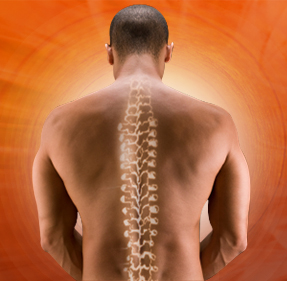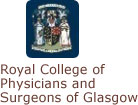Osteoporosis
Often called “the silent disease,” osteoporosis is a bone condition characterized by decreased bone mass and the subsequent deterioration of bone tissue.
What Is Osteoporosis?
Osteoporosis is a bone condition characterized by decreased bone mass and the subsequent deterioration of bone tissue. Often called “the silent disease”, this progressive condition causes bones to become more porous, thin and brittle, thus more susceptible to fracture. The spine can be particularly vulnerable – vertebral compression fractures may occur in those whose osteoporosis has reached the advanced stage.
Men, women and in rare cases even children can develop osteoporosis; however, the condition is most prevalent in older adults. An estimated 44% of Americans over age 50 – some 44 million people – have been diagnosed with the condition or identified at increased risk for osteoporosis due to low bone mass. Of those diagnosed with osteoporosis, 80% are women.
The exact cause of osteoporosis is unknown; however, there are a number of established risk factors. Age, nutrition, lifestyle and genetics, as well as certain medical conditions and medications, can all play a part.
Age
During childhood and early adulthood, the body creates new bone faster than it can absorb existing bone, a process that starts to reverse around age 30. Bone loss in women speeds up when the production of estrogen slows down, usually between the ages of 45-55. Likewise, men begin to experience bone loss as their production of testosterone declines, generally around age 45-50.
One of the reasons women are more likely to develop osteoporosis, and develop it earlier, is that their bones are typically smaller and lighter than men’s, so there is less bone mass to begin with. People who do not achieve ideal bone thickness when they are young also are more likely to develop the condition.
Nutrition
Bone strength is a product of both bone mass and density. Bone density depends, in part, on the amount of calcium, phosphorus and other minerals the bone contains. Bones deficient in these minerals tend to be weaker with less internal supporting structure, which makes them more porous and fragile.
Excessive dieting or eating disorders, such as anorexia nervosa, may contribute to bone loss. Studies have shown that cola drinks, which contain phosphoric acid, also may interfere with bones’ ability to absorb calcium.
Lifestyle
People who get little or no exercise are at risk for developing osteoporosis. Weight bearing exercises, such as walking, jogging and weight lifting, work muscles and bones against gravity, which helps maintain their strength and density. Smoking increases the loss of bone density, and heavy alcohol consumption may inhibit bone formation.
Genetics
People who have a parent or sibling with osteoporosis have a 60% to 80% chance of developing the condition, as well. People of Asian or European descent are those most likely to develop osteoporosis; people of African descent the least likely.
Small-framed, thin people also are at greater risk. Smaller bones mean less bone mass. And thin people have less body fat - fat cells produce estrogen, which can help prevent bone loss in women after menopause.
Medical Conditions and Medications
Several medical conditions, including hyperthyroidism, Cushing’s syndrome and hyperparathyroidism, increase the risk of osteoporosis. Some medications also may contribute to bone thinning. They include
- Corticosteroids (for treating asthma and chronic obstructive pulmonary disease)
- Endometriosis medications
- Aromatase inhibitors (for treating breast cancer)
- Thyroid replacement medications
- Antacids containing aluminum (if overused)
What Are The Symptoms of Osteoporosis?
Unfortunately, the reason osteoporosis is called the “silent disease” is that it has no physical symptoms in its early stages. As the condition progresses, the following symptoms that indicate weakening bones may occur
- Lower back or neck pain
- Bone pain or tenderness
- Curved backbone or stooped posture (“dowager’s hump”)
- Gradual loss of height
- Fractures from minor trauma, especially in the hip, spine or wrists
How Is Osteoporosis Diagnosed?
Early diagnosis is critical. If you believe you are at risk for osteoporosis or have experienced any of the above symptoms, contact your physician. He or she will make a diagnosis based on your medical history, a physical examination and a bone density test – a painless, accurate and non-invasive procedure that measures bone thickness.
How Is Osteoporosis Treated?
Although there is no cure for osteoporosis, there are a variety of treatment options that have the potential to reduce, stop or even reverse bone loss. Even small changes in diet, exercise and medication may help prevent the more serious consequences of the condition, such as broken bones. There also are a number of osteoporosis prevention and/or treatment medications currently approved by the U.S. Food and Drug Administration.
Consult with your physician to determine which treatment plan is best for you, and follow the program he or she recommends to rebuild and maintain bone health. |






